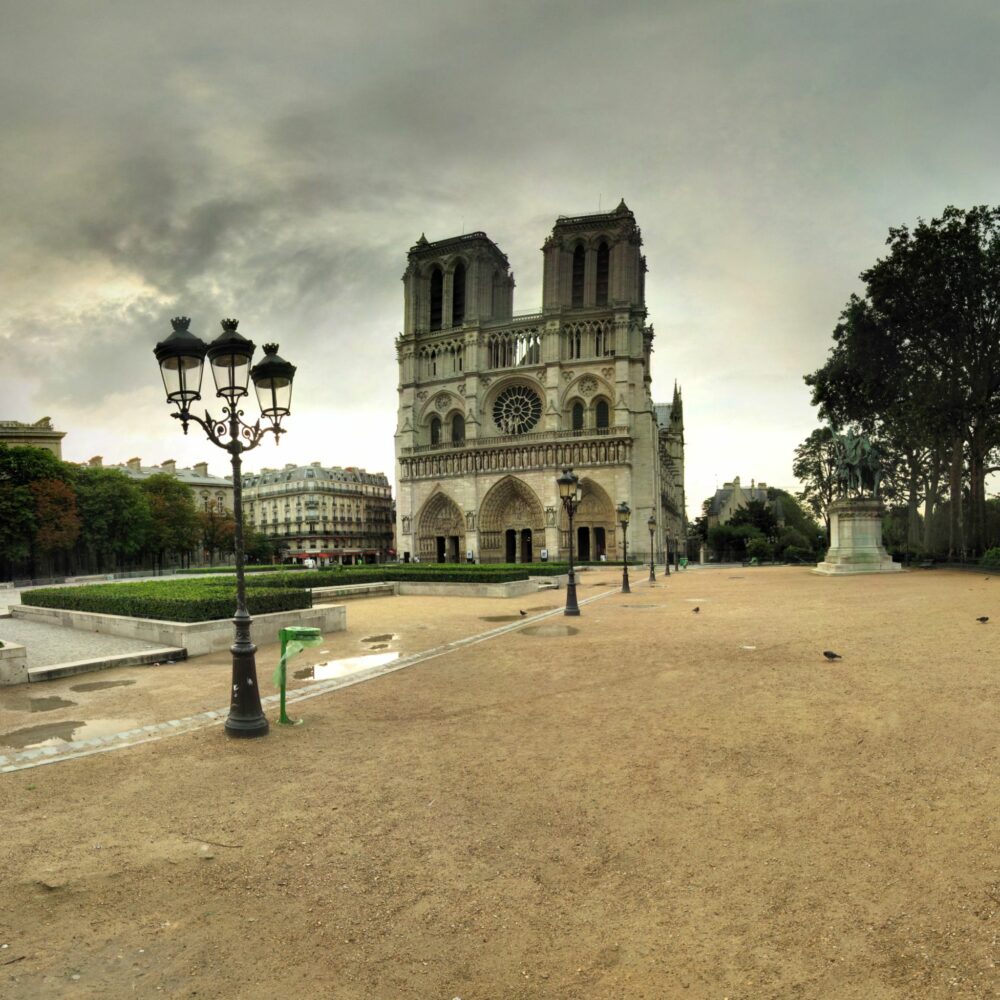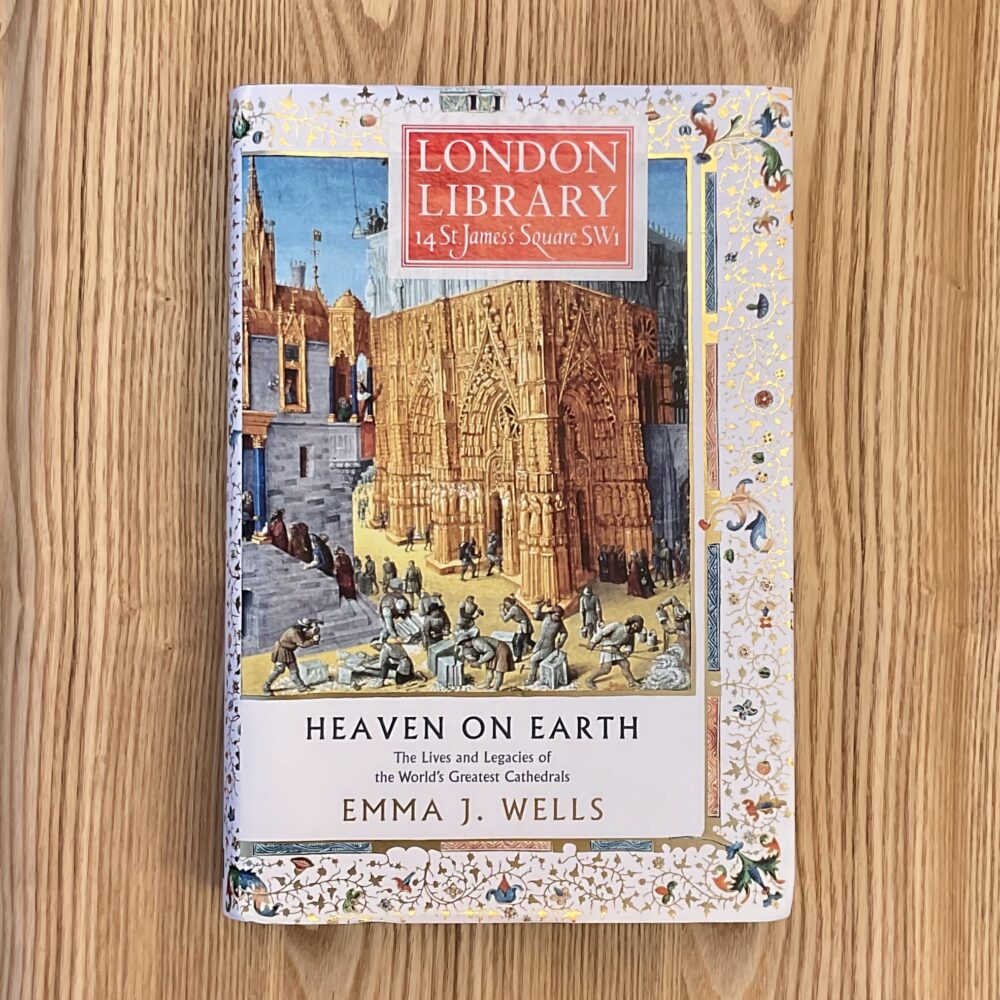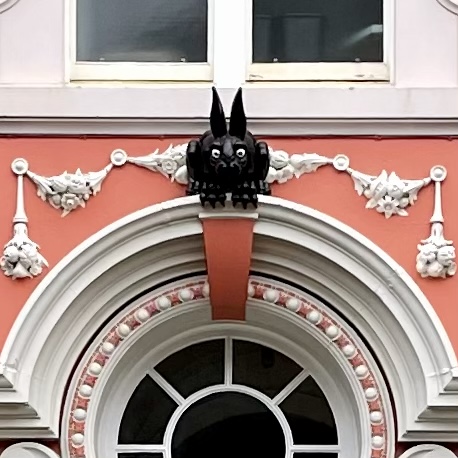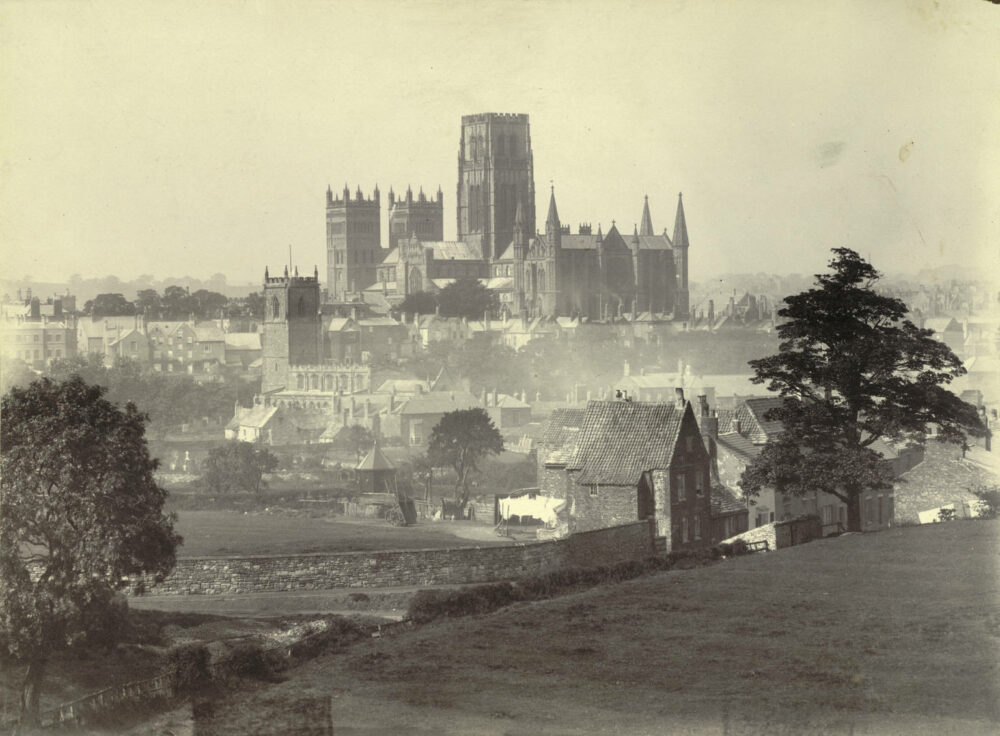Conservation n’est pas préservation

The UK press is waiting with baited breath for publication of migration statistics at 09.30 today. Each outlet will then pick over the statistics and find a of presenting them which reinforces their pre-existing view of the world.
So, allow me to write preemptively about something completely different that’s due to be unveiled today, in a way which entirely reinforces my views.
Today, a major part of the work going into the restoration of Notre-Dame de Paris is being unveiled, as the triangular structures that make up the framework of the choir and apse begin to be unveiled. These have been made using techniques dating back to the 1200s.
We’re supposed to be awed by this, but I can’t help but feel a little depressed. In the great tradition of cathedrals, Notre-Dame included, the French could have chosen to blend spectacular history with spectacular modernism, to have explored and redefined the meaning of the cathedral for the modern age. This could have become a beacon, something to rival La Sagrada Família for demonstrating how ancient traditions apply to the twenty-first century.
Instead, the response was “put it back as it was,” using centuries-old techniques to reconstruct a centuries-old building, neither truly preserving anything (it’s newly built) nor connecting it to the modern world (it was designed to work in the 13th century). Through striving to avoid controversy, the project also avoids relevance.
Pretending things are preserved in aspic is very rarely the best way to conserve them.
This song, which is somehow more than two decades old, has been in my head while I’ve been writing this. It has northing to do with either of today’s revelations, and yet somehow feels like it connects the two:
The image at the top is by Ranopamas on Flickr, used under this licence.
This post was filed under: News and Comment, Post-a-day 2023, Cathedrals, Notre Dame de Paris, Paris.


